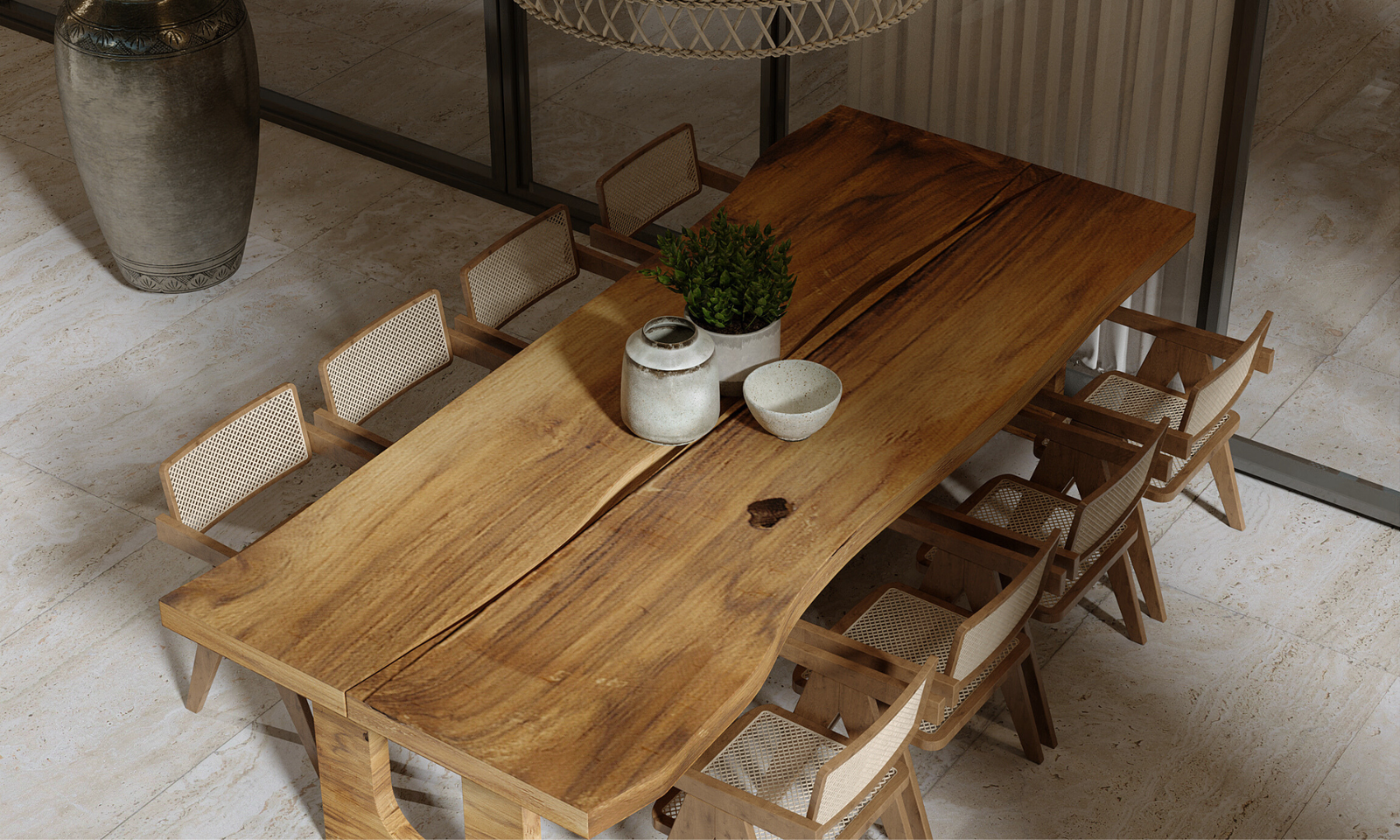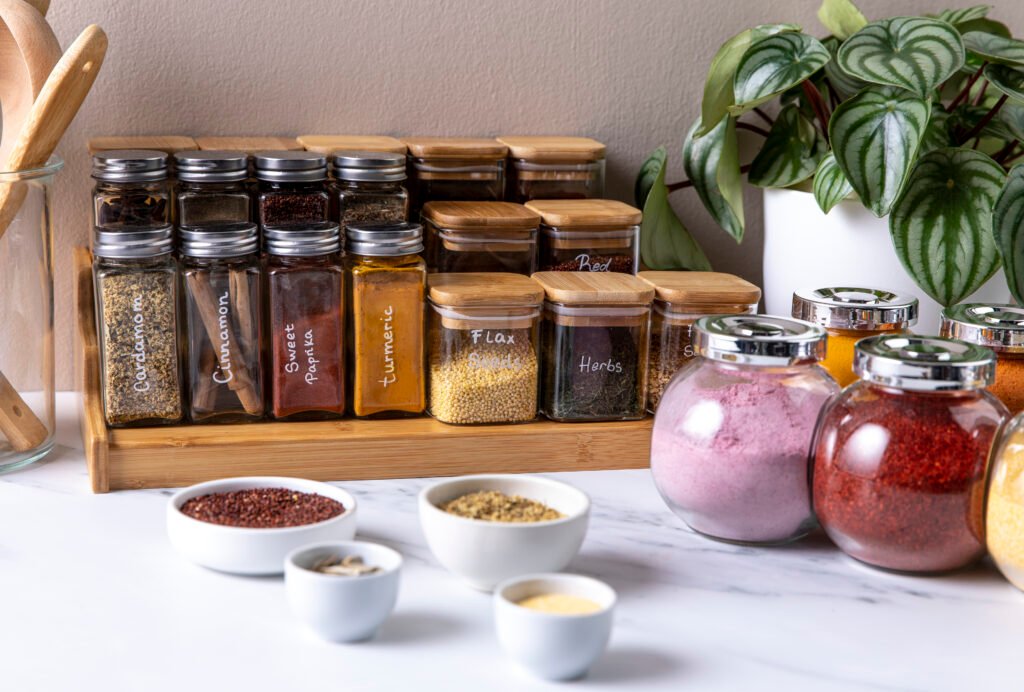Have you ever held back from decorating a certain way because you thought it would “break the rules”? Interior design is full of so-called “rules” that often do more harm than good. Some interior design myths can limit creativity and prevent you from creating a space that truly reflects your personality.
Today, we’re tackling three of the biggest interior design myths that you might still believe – but also why it’s time to let them go.
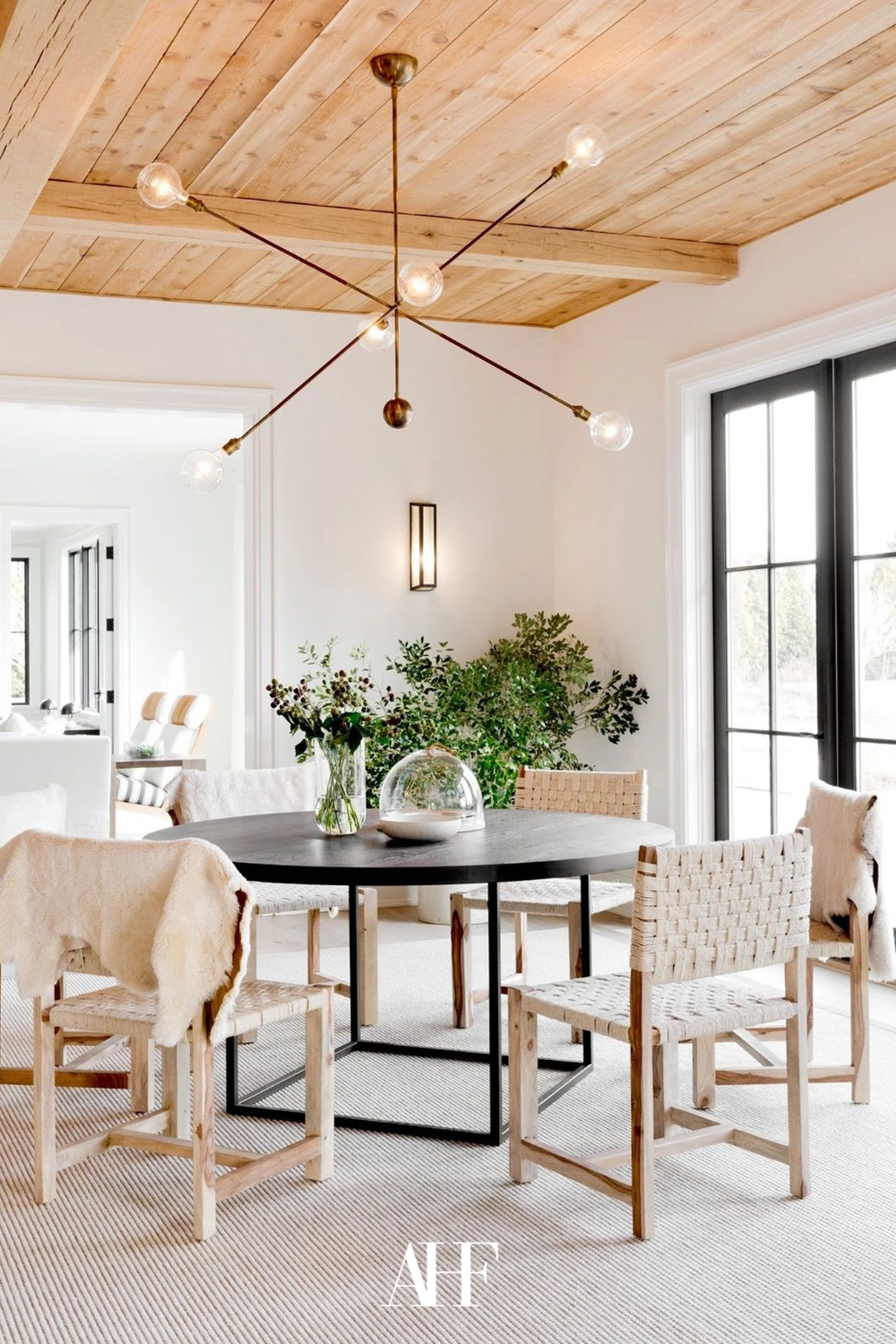
Interior Design Myths #1: You Can’t Mix Different Wood Tones
The Truth: Mixing Wood Tones Creates a Natural and Inviting Look
One of the most common interior design myths is that all of the wood in one single room needs to match perfectly. No matter if it’s the furniture, the floor or decor pieces – all of the furniture must match, or does it? In reality, using a mix of wood tones actually creates a beautiful layered, natural and welcoming space. So, now let’s go through how to actually do this:
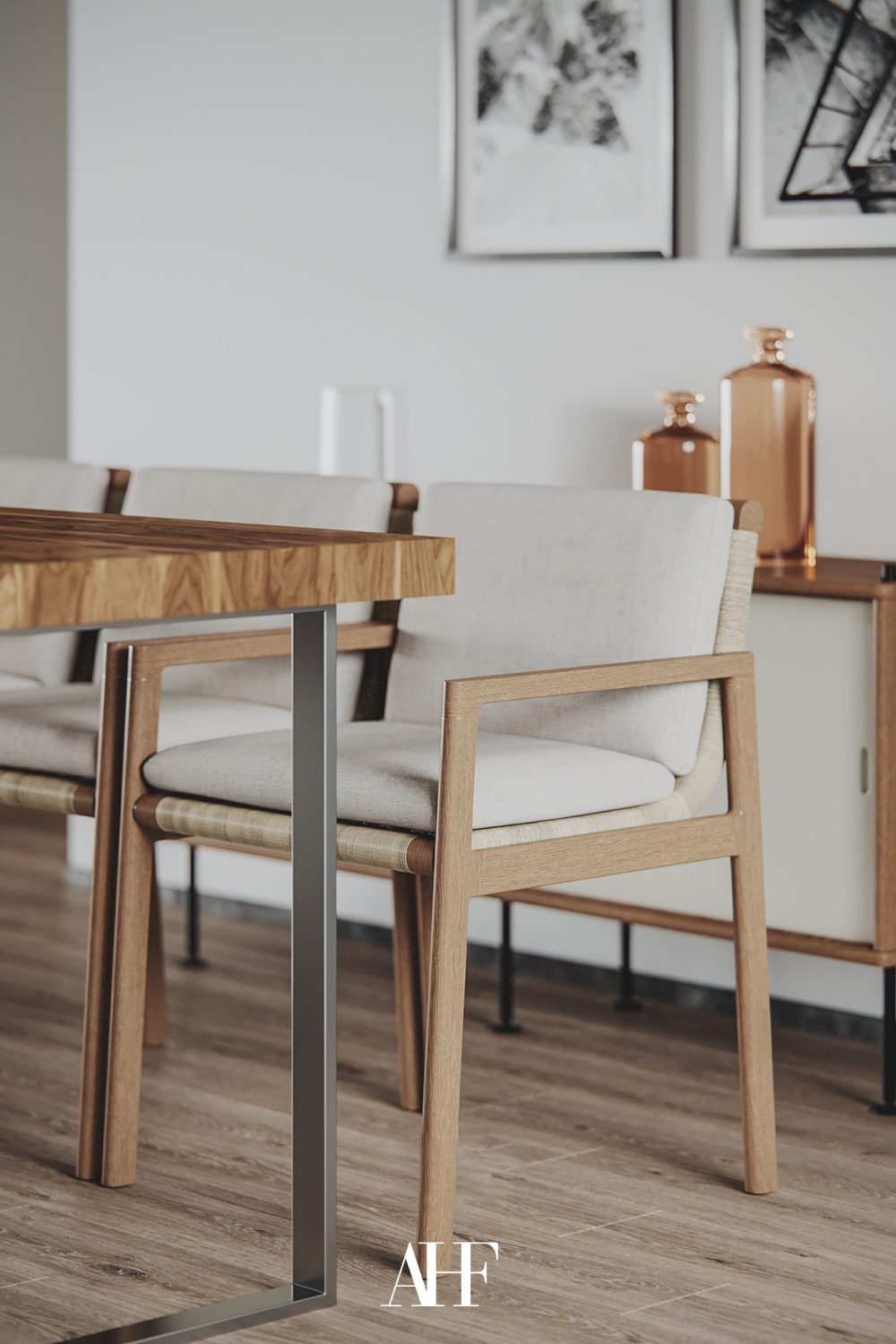
How to Mix Wood Tones Successfully
Find a Common Undertone
Start by finding a common undertone. For instance, you can go for warm woods, such as oak, walnut and cherry and then pair it with other warm-toned woods. Or you can choose cooler wood tones, such as ash and maple and blend those with similar hues. So, go for the same undertone.
Use Contrast to Your Advantage
I think most of us are a little scared of powerful contrasts. However, the truth is that it creates a beautiful depth and visual interest if you dare to mix both light and dark wood.
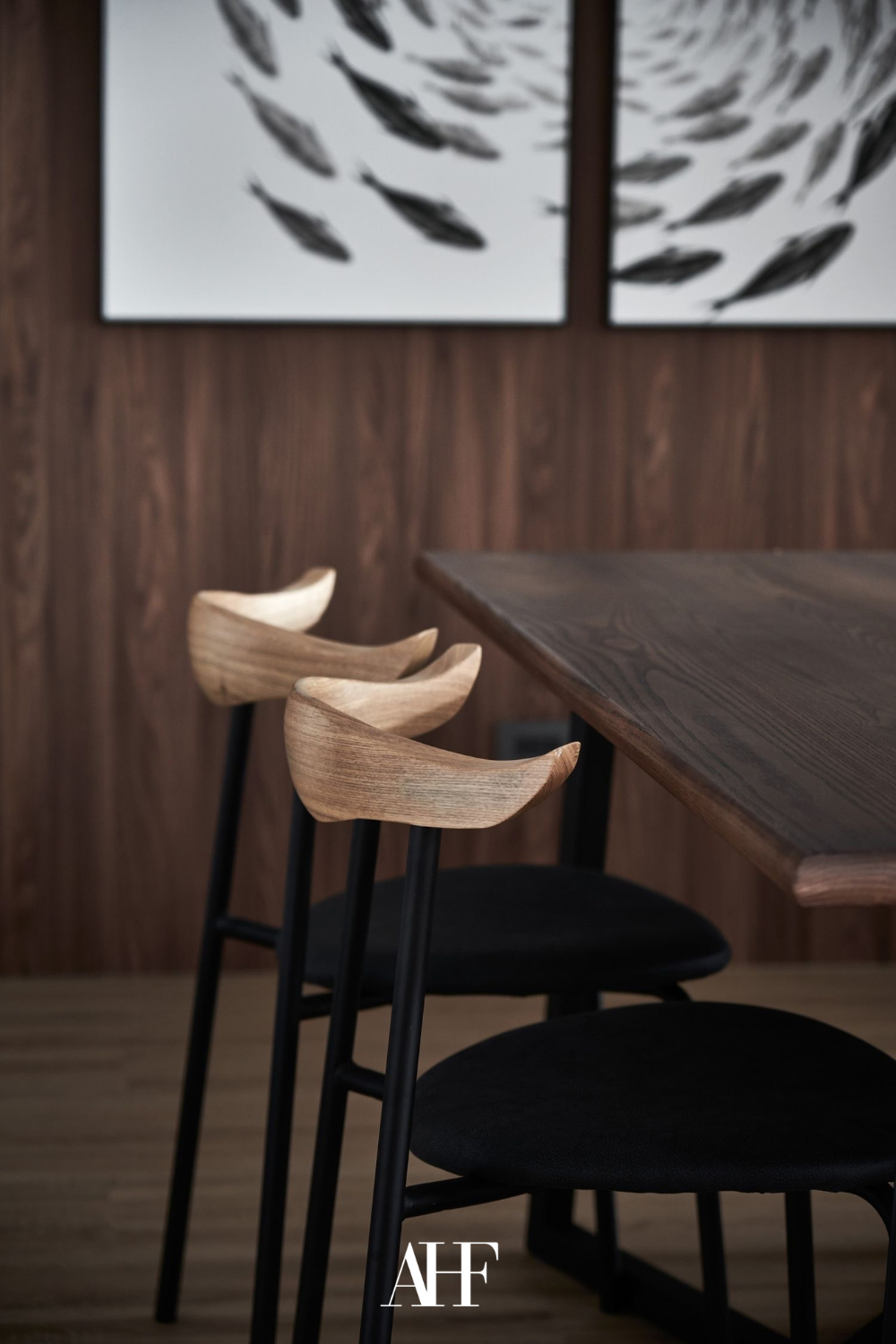
Distribute Wood Tones Evenly
One important thing to think about is that you should distribute the wood tones evenly. For instance, instead of grouping all of the dark wood on one side of the room and the light wood on the other side, balance them throughout the space. This is very important to create a cohesive look.
Tie It Together with Accessories
Lastly, tie it all together with beautiful accessories. This could be rugs, cushions and other decor pieces that blend beautifully with mixed wood elements. This will create a cohesion.
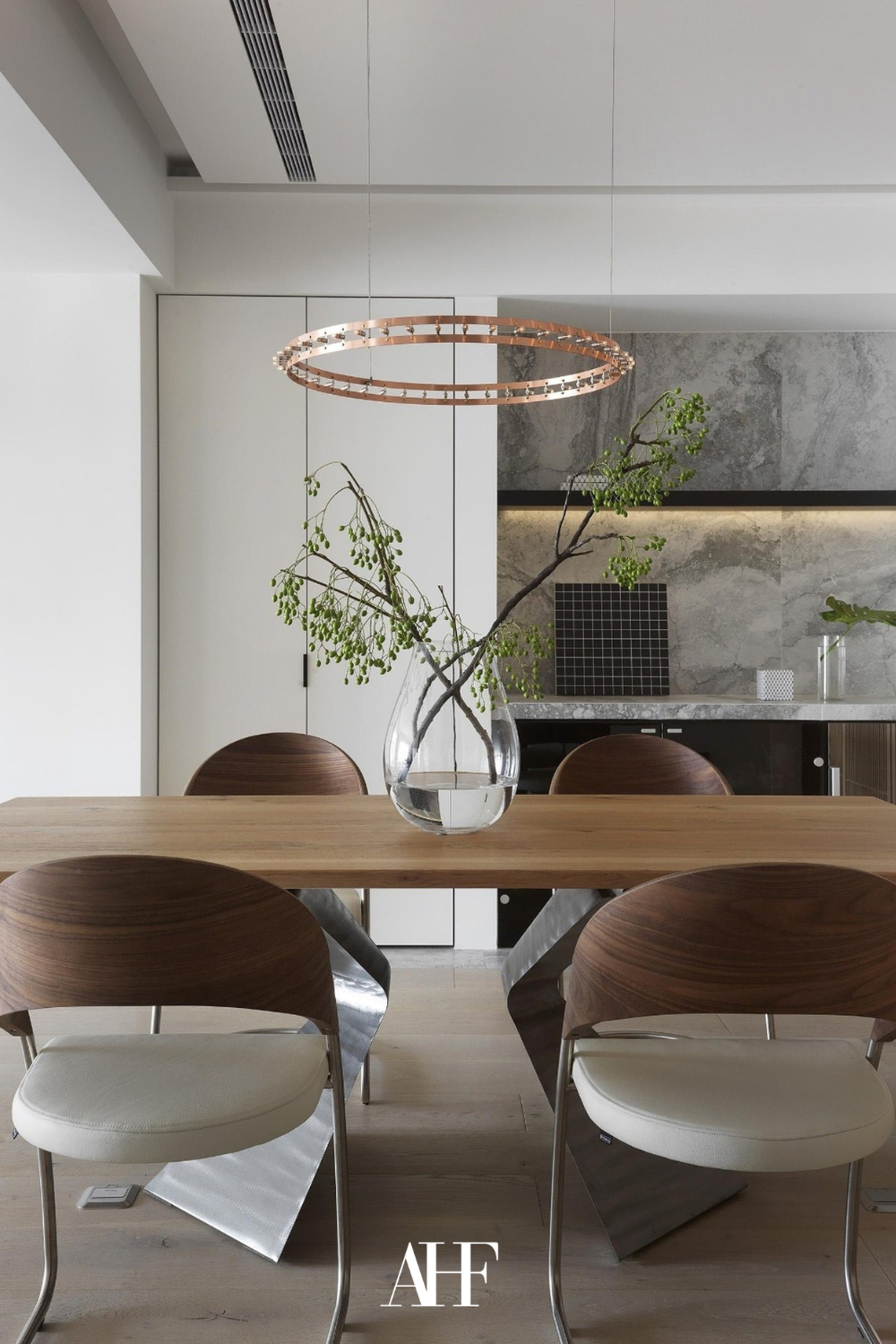
Practical Example
To make this a little easier for you to understand, I will give you a practical example. So, imagive you have light oak floors, but you also fall in love with a dark walnut coffee table. Instead of skipping the coffee table, you can balance the look by adding a bookshelf in a similar walnut tone on the opposite side of the room.
Then, you can start introduce different decor elements, such as a wooden tray with a mix of oak and walnut. This will connect the pieces in a subtle way so the endresult will become a thoughtful and curated space – rather than a perfectly matched (and sometimes flat-looking) design.
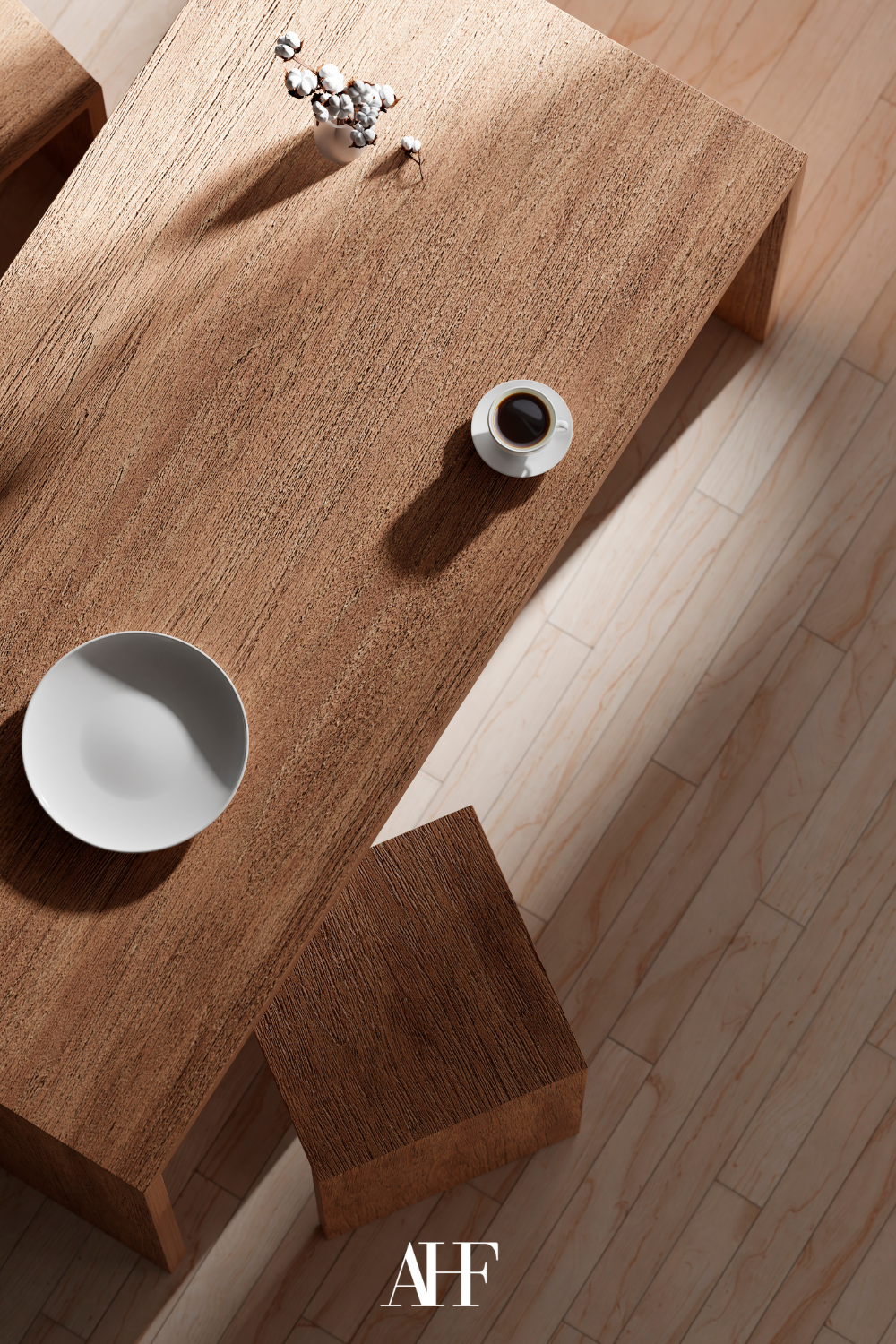
Interior Design Myths #2: Lighting Is Just a Practical Detail
The Truth: Lighting Sets the Entire Mood of a Room
I often talk about lighting throughout my posts, but it really is such an important detail when creating an inviting home – it’s not just a practical detail.
Many people treat lighting as an afterthought and only focuses on the mail ceiling fixture. However, lighting is actually one of the most powerful tools in interior design. It can truly transform the entire atmosphere of the room, as well as highlighting key areas. In addition, it will of course make the room feel cozier and even larger. I don’t think it’s possible to argue against this!
How to Use Lighting to Elevate Your Space
Layer Your Lighting
Let’s go through how you can elevate your lighting. So, we’re starting off strong with layered lighting. This means that you use multiple smaller light fixtures. For instance, you can use a mix of overhead lights, floor lamps, table lamps and even wall sconces in order to create a beautiful depth and ambiance.
Choose Warm or Cool Light Based on the Room’s Purpose
This is actually really important since it can truly make or break a room. Remember that a warm light creates a cozy, inviting feel while cool light creates a light that makes you feel awake and alert. That means that you should use warm light in living rooms and bedrooms, but then cool light in workspaces and kitchens.
If you want to learn more about how lighting affects us, check out this post.
Use Dimmers for Versatility
One thing that I appreciate a lot is being able to adjust the brightness and color of the light throughout the day. Imagine having the same light fixture and being able to change the lighting in your living room for example. Throughout the day, you choose a cool and awakening light, while in the evening a warm and calming light.
I love this and have been using Philips Hue for around five years now. This makes the dimmable effect so much easier and also allows you to control the lighting with your phone. It’s amazing! You can read more here.
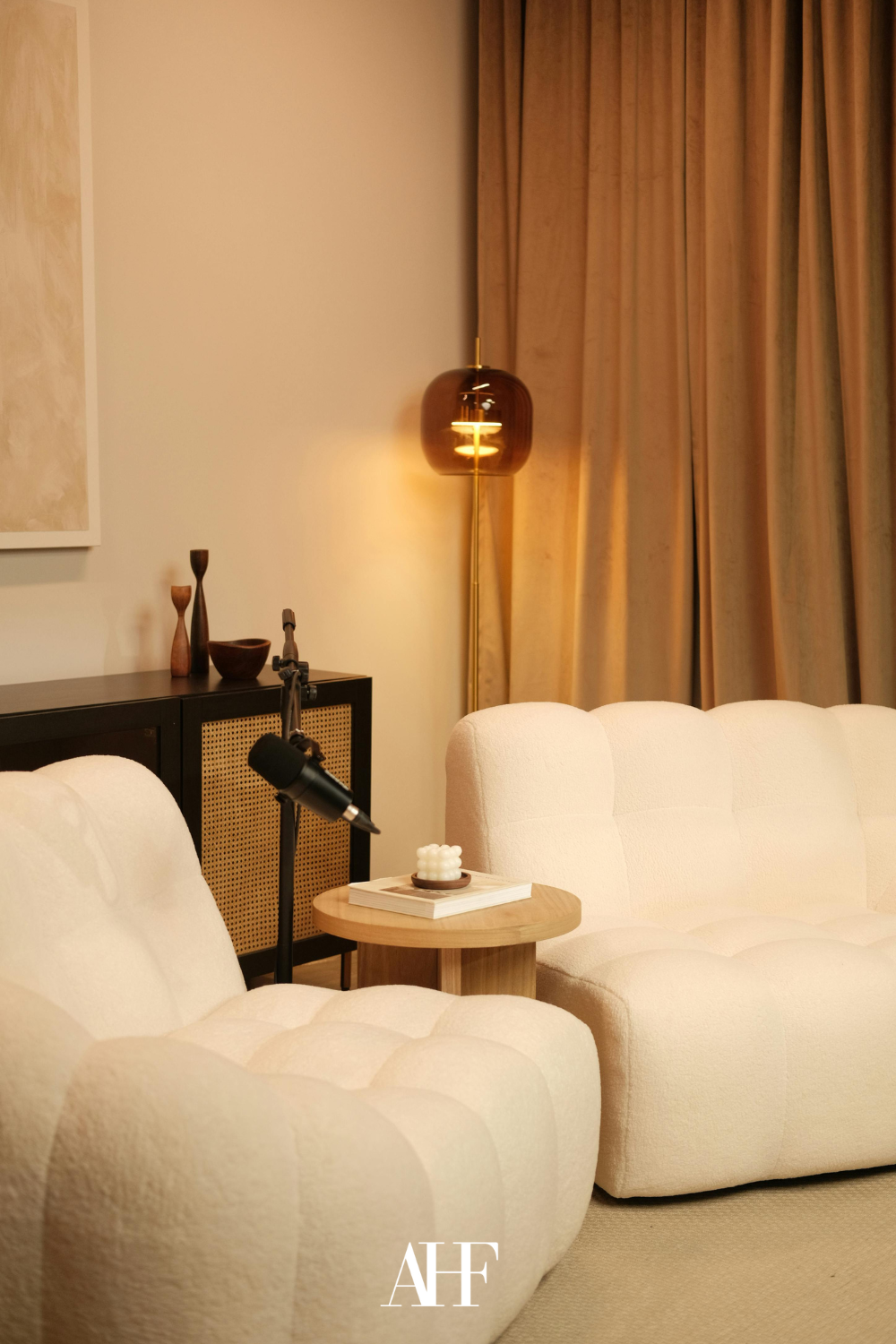
Highlight Key Features
Another way you can use lighting is by highlighting key features. You can use accent lighting to draw the attention to specific design elements. For instance LED strips under shelves or picture lights above artwork. This will be a beautiful detail in your home.
Practical Example
If you picture a living room with only one bright ceiling light – everything feels harsh and uninviting. Now, instead, imagine adding a couple of table lamps with warm light bulds on side tables. Also, add a standing floor lamp next to the sofa and soft LED strips behind a bookshelf. Suddenly, the space will feel cozy, layered and far more inviting. That’s what I call the power of good lighting!
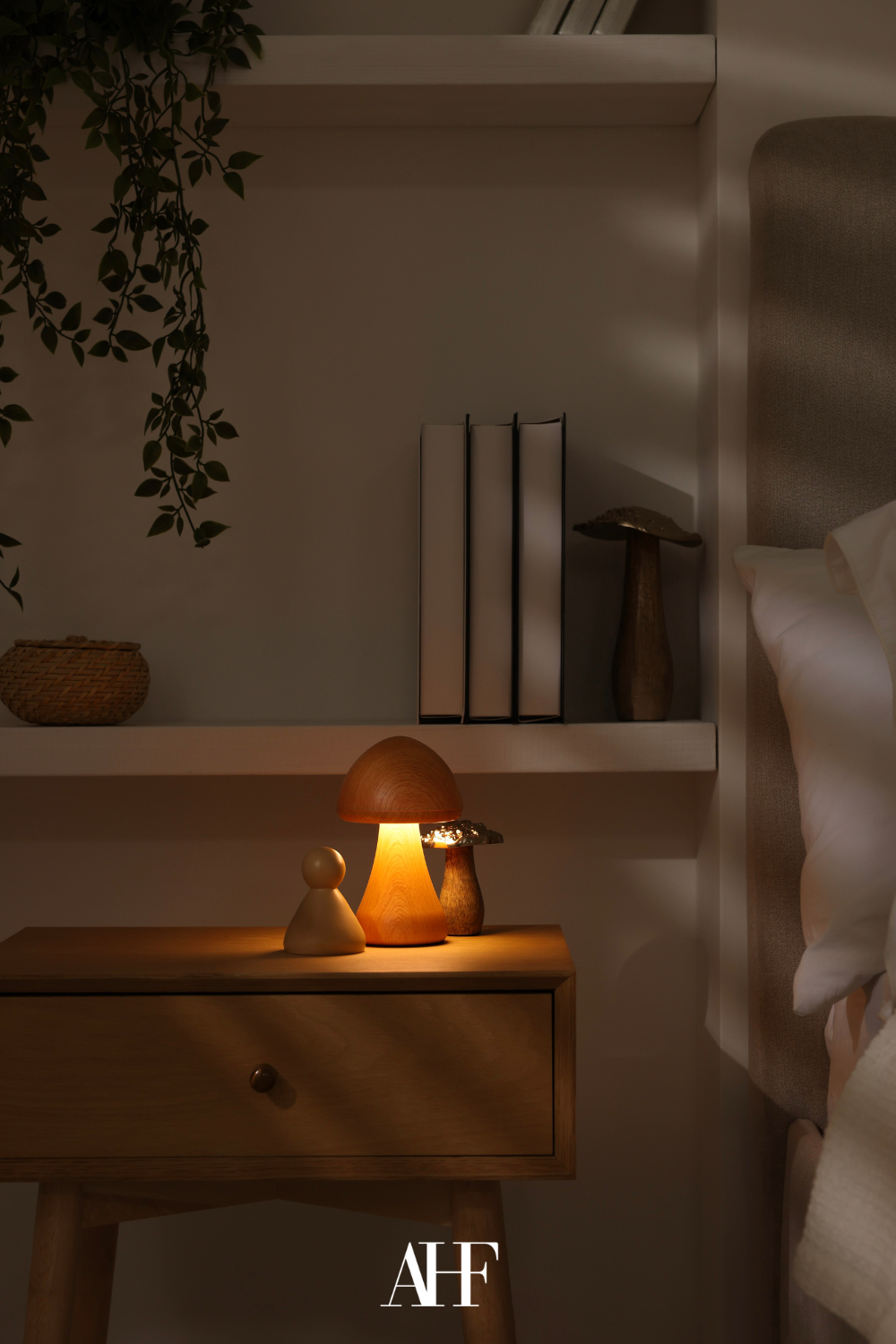
Interior Design Myths #3: You Have to Repaint the Whole Room to Change the Feel
The Truth: Small Changes Can Have a Huge Impact
Okay, so the last myth is that you have to change the paint of a whole wall in order to notice any difference. This is of course not true, even though many people think it’s true. I know that paint can be very transformative, however, there are plenty of small, easier updates that can dramatically change the room.
Simple Ways to Refresh a Room Without Painting
- Switch Up Your Textiles: New throw pillows, blankets, or curtains can instantly change the color scheme and feel of a space.
- Incorporate Statement Art: A new piece of wall art can serve as a focal point and redefine a room’s aesthetic.
- Rearrange Your Furniture: Sometimes, moving things around can make your space feel brand new without spending a dime.
- Update Small Decor Items: Swapping out lampshades, vases, or rugs can subtly shift the room’s overall look.
- Use Temporary Wall Solutions: Peel-and-stick wallpaper, large-scale prints, or wall decals can make a statement without permanent changes.
If you want to learn more about how you can refresh your home in a simple way, check out this post.
Practical Example
Okay, let’s give you an example here as well. Let’s say that you have a beige living room that might feel a bit dull. Instead of repainting the whole room, you can start including colors such as deep navy or emerald green. For instance, get throw pillows in these colors, a bold-patterned rug and a couple of gold black-framed artworks. This will give your room an instant refresh and updated feel – now without painting the walls!
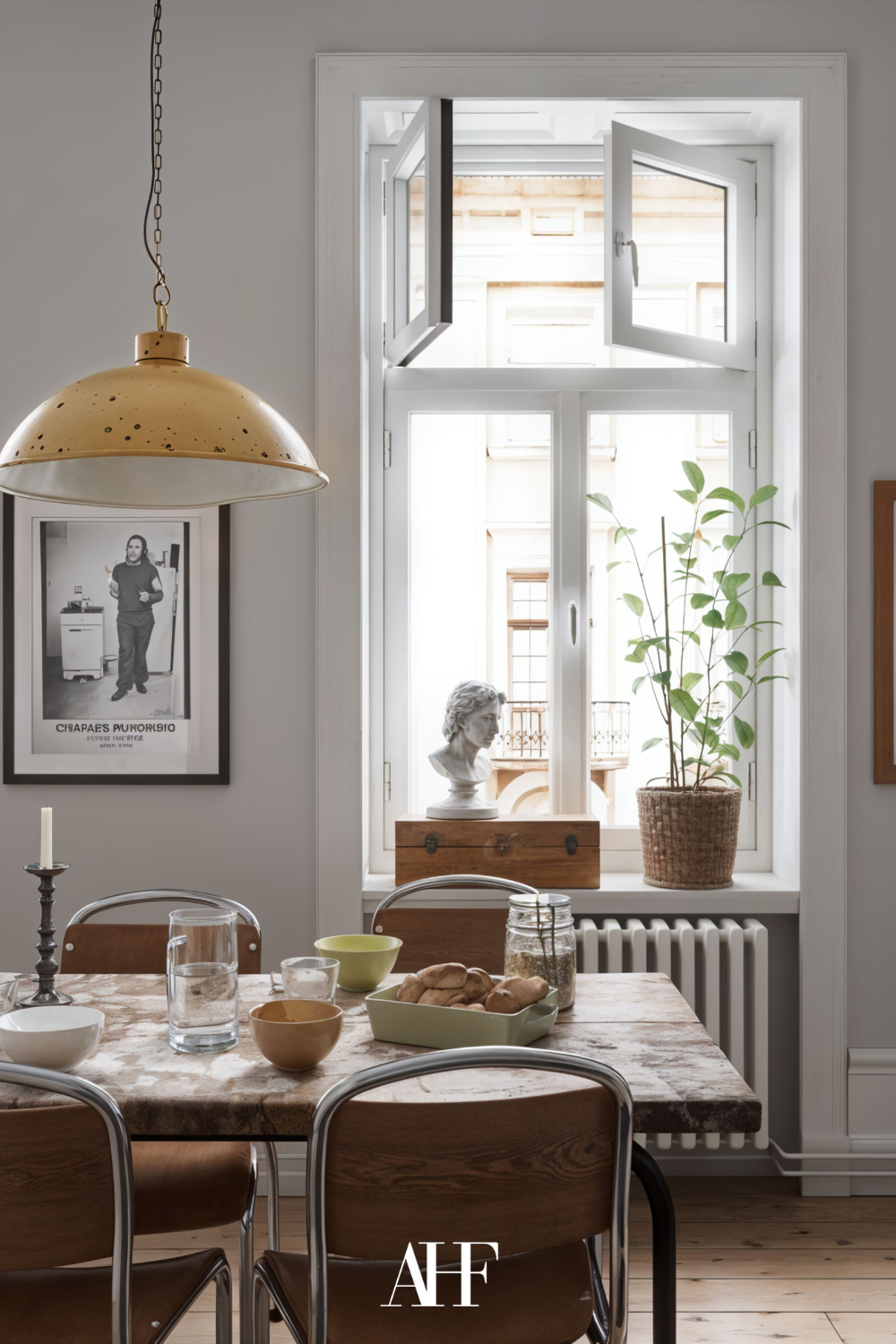
Final Thoughts on Interior Design Myths
In conclusion, the key to beautiful interior design is knowing when to ignore outdated rules and just trust your own style instincts. If you do the opposite of all of these myths, you will instead create a cozy and inviting home – without unnecessary effort or expense.
So, which of these interior design myths have you believed? Have you already broken one of these “rules” in your own home? Share your thoughts in the comments – I’d love to hear your experiences!

